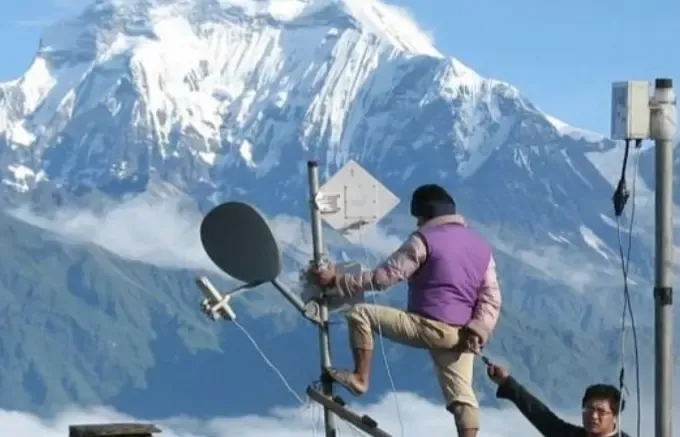
Nepal’s Under Secretary at the Ministry of Industry, Commerce and Supplies talks all things trade – online
What is the current state of ecommerce in Nepal?
The ecommerce industry in Nepal is growing. Internet connectivity has now reached around 60 per cent. Most of the young people are IT savvy and they use the internet readily, which is very optimistic for Nepal’s ecommerce situation. But if we talk about ecommerce in Nepal, it is at the infancy stage as the share of ecommerce in national trade is only around one per cent.
These days people use electronic media to advertise goods and order goods. But most of the payments are via cash on delivery, which accounts for around 80 per cent of transactions. These days some platforms for domestic electronic payments are in operation and this is a rising trend.
At present, there are a few companies involved in online business with dedicated websites, and some have online payment systems for the domestic market. People also use social media platforms to some extent to advertise their products and to take orders.
Though ecommerce in Nepal is a growing trend, the product delivery systems are at the infancy stage and online payment systems as well. The Government is working to establish effective payment gateways and we are hoping that it will facilitate the rapid growth of ecommerce.
There are some online businesses like daraj.com and munchahouse.com that sell both domestic and imported products.
Supporting ecommerce in Nepal could help local businesses. What kinds of support do your country's businesses need and how can ecommerce offer solutions?
Rapidly increasing internet penetration has opened opportunities for e-trade. Domestic and foreign investors are trying to grasp the opportunities being developed due to the emerging ecommerce friendly environment. We are working to create a conducive and healthy competitive environment for investors and innovators, particularly in the area of delivery mechanisms and payment mechanisms. The marked increase in demand for ecommerce in Nepal is attributed to a growing segment of the population that is young, educated and technology-dependent.
Despite these promising trends, ecommerce is currently not achieving its full development potential in Nepal. Ecommerce could become a key contributor to economic growth and foreign trade in years to come, thanks to better ICT infrastructure and innovation. The steady rise of internet use has improved accessibility of ecommerce for the population. As of April 2017, internet penetration was at 58 per cent, up from eight per cent in 2010. Most consumers in Nepal access the internet through 2G or 3G mobile data services.
The sectors benefitting from this ecommerce development include MSMEs producing goods in Nepal, telephone operators and internet service providers and payment companies. Though several positive developments are on the scene, there are still several factors continuing to hamper the expected level of development of ecommerce. This includes things like transportation and distribution, payments and logistics infrastructure.
As I mentioned, cash on delivery is the preferred payment method. Digital payment gateways from online payment companies like eSewa, IMEPay and Khalti are the second most popular method, followed by ecommerce customers using payment cards to buy online.
What is Nepal doing to lay the foundations for an ecommerce future?
The Government of Nepal is drafting ecommerce strategies with clear roles and responsibilities for the growth and development of ecommerce, and they are in the final stage of approval. With these circumstances, we expect rapid growth in the future.
The Government of Nepal, through Nepal Rastra Bank (the Central Bank of Nepal), the Ministry of Industry, Commerce and Supplies and the Ministry of Information and Communication have taken steps with a view to addressing constraints faced by our young ecommerce ecosystem. This includes developing an ambitious national ICT policy, singling out Information Technology Enabled Services (ITES) and Business Processing Outsourcing (BPO) as export priorities, and setting up a joint task force on ecommerce.
Moving forward, it will be crucial for the Government to take steps to facilitate ecommerce and to seize opportunities from it. This involves dealing with potential costs and challenges arising from ecommerce development. Taking steps in that direction would be both timely and instrumental as ecommerce is expected to grow multi-fold in the coming years.
What kinds of national products are you envisioning for ecommerce sales in the global marketplace?
Nepal is a geographically diverse country. We have many kinds of primary products due to our diverse topography and climatic conditions. The products with SMEs as the major producers are handicrafts, garments, pashmina, tea, coffee and cardamom. Cardamom, ginger, tea and coffee are Nepal’s products with global competitiveness.
Ecommerce will definitely facilitate the exports of those products in global markets by reducing the costs and time to export.


